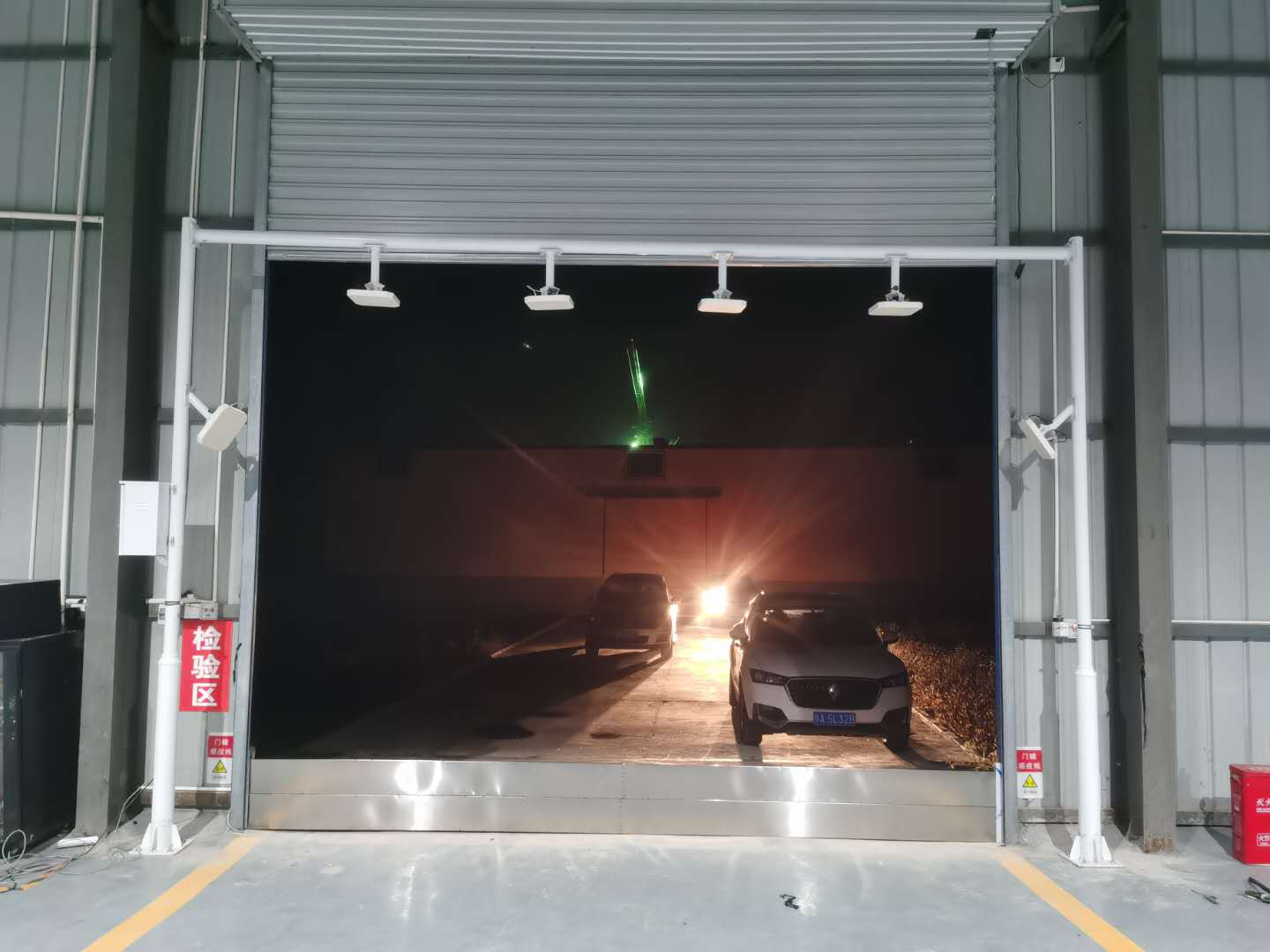IOT Positioning Technology: Real-time vehicle positioning based on UHF-RFID
With the development of science and technology, the Internet of Things (iot) has become the most concerned new technology at present. It is booming, allowing everything in the world to be connected more closely and communicate more easily. The elements of iot are everywhere. The Internet of Things has long been considered the “next industrial revolution” as it is poised to transform the way people live, work, play and travel.
From this, we can see that the revolution of the Internet of Things has quietly begun. Many things that were in the concept and only appeared in science fiction movies are emerging in real life, and maybe you can feel it now.
You can remotely control your home’s lights and air conditioning from your phone in the office, and you can see your home through security cameras from
thousands of miles away. And the potential of the Internet of Things goes far beyond that. The future human smart city concept integrates semiconductor, health management, network, software, cloud computing and big data technologies to create a smarter li environment. Building such a smart city cannot do without positioning technology, which is an important link of the Internet of Things. At present, indoor positioning, outdoor positioning and other positioning technologies are in fierce competition.
At present, GPS and base station positioning technology basically meet the needs of users for location services in outdoor scenarios. However, 80% of a person’s life is spent indoors, and some heavily shaded areas, such as tunnels, low Bridges, high – rise streets and dense vegetation, are difficult to achieve with satellite positioning technology.
For locating these scenarios, a research team put forward a scheme of a new type of real-time vehicle based on UHF RFID, was proposed based on multiple frequency signal phase difference positioning method, solves the problem of phase ambiguity caused by single frequency signal to locate, first proposed based
on maximum likelihood localization algorithm to estimate the Chinese remainder theorem, Levenberg-Marquardt (LM) algorithm is used to optimize the coordinates of the target position. Experimental results show that the proposed scheme can track the vehicle position with an error of less than 27 cm in 90% probability.
The vehicle positioning system is said to consist of an UHF-RFID tag placed on the roadside, an RFID reader with an antenna mounted on the top of the vehicle,
and an on-board computer. When the vehicle is traveling on such a road, the RFID reader can obtain the phase of the backscattered signal from multiple tags in real time as well as the location information stored in each tag. Since the reader emits multi-frequency signals, the RFID reader can obtain multiple phases corresponding to different frequencies of each tag. This phase and position information will be used by the on-board computer to calculate the distance from the antenna to each RFID tag and then determine the coordinates of the vehicle.